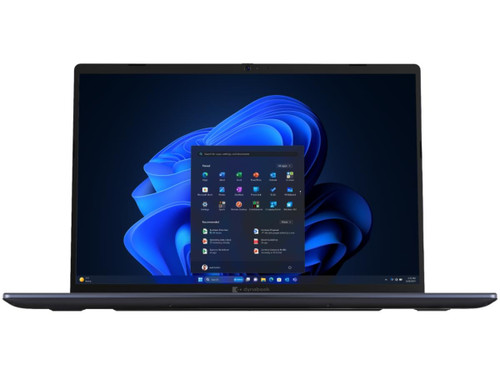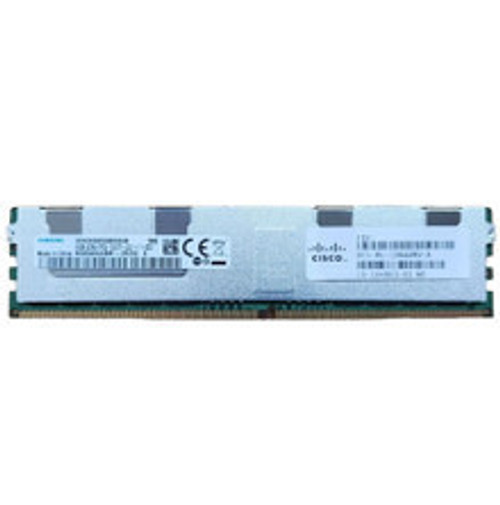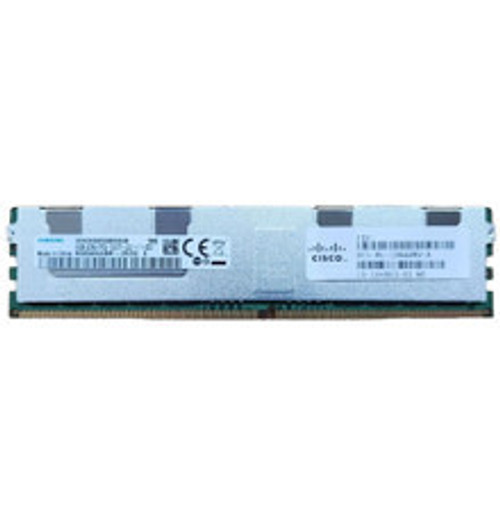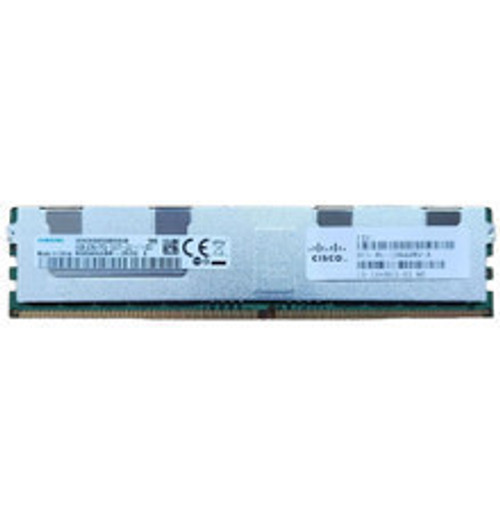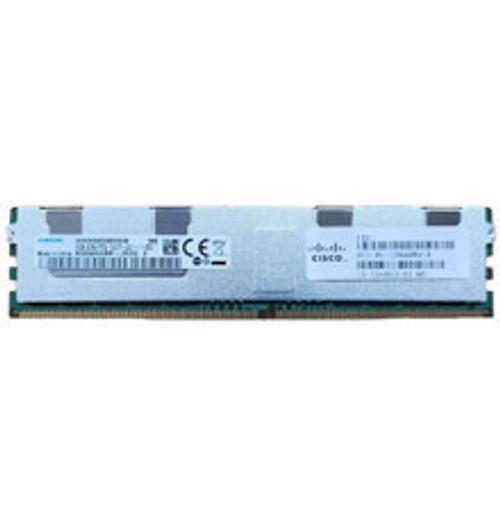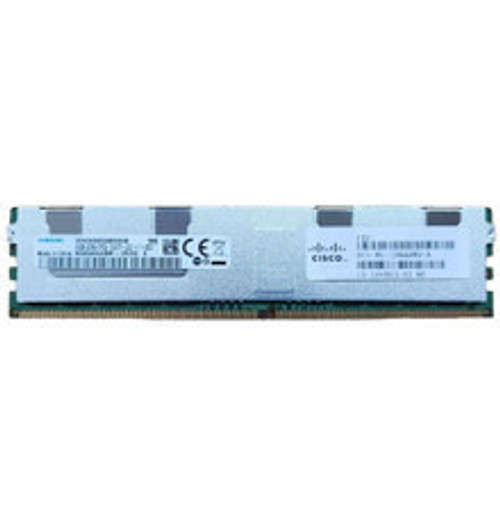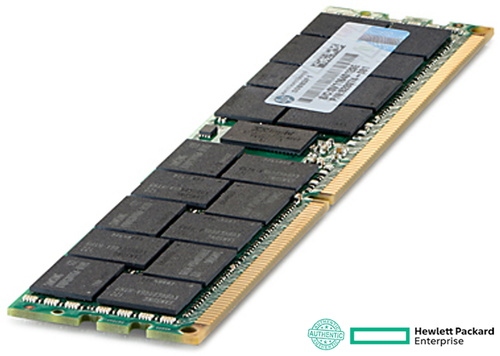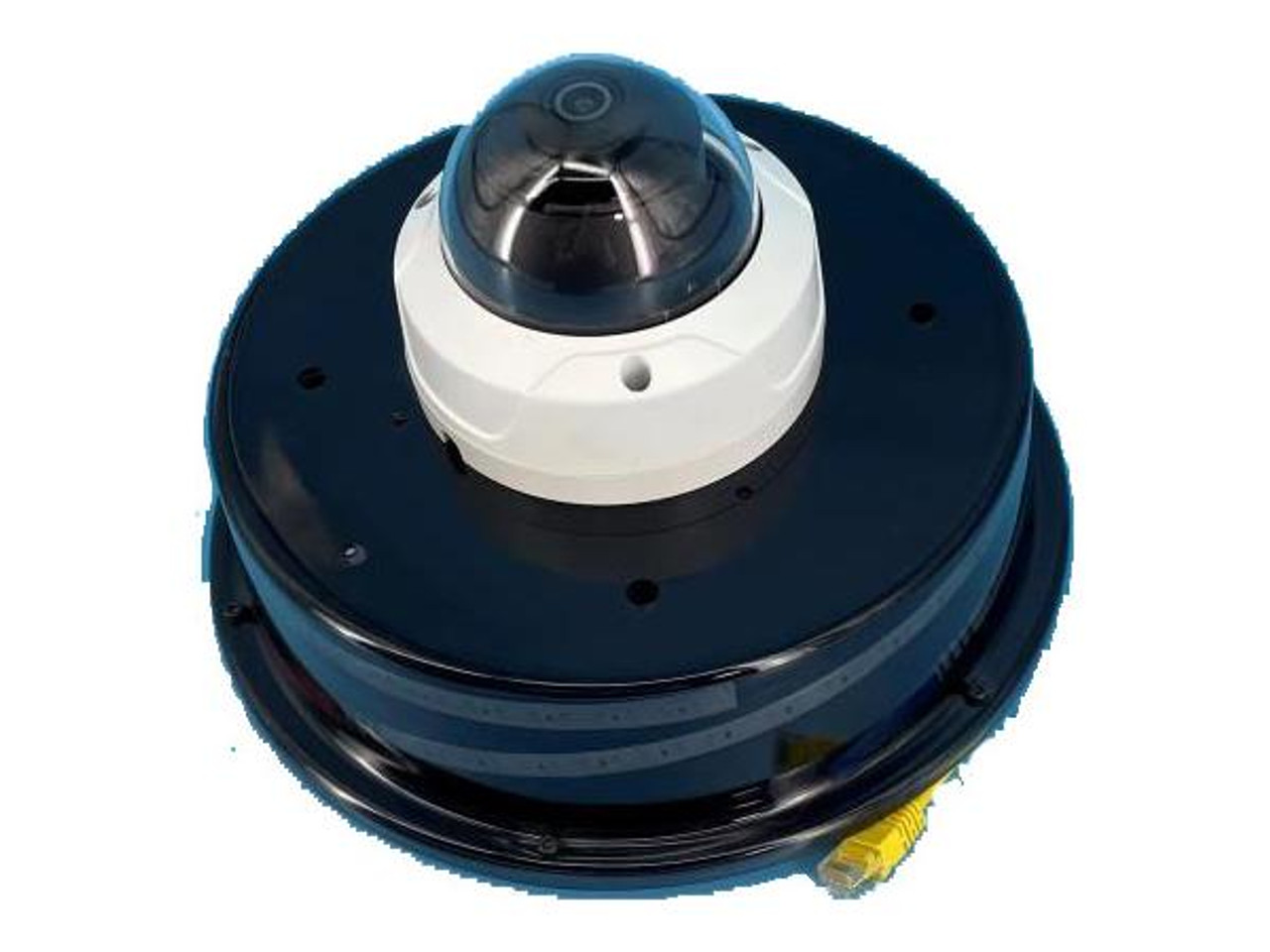Request A Quote
- Availability:
- Electronic Delivery | ETA - Request A Quote | Email: sales@hssl.us | Call Us: +1 888 988 5472 |

Purchase Protection
Every Order is Protected By BuySafe
Our commitment to sustainability ensures that every purchase supports responsible operations and a healthier planet.
SSL Secure Payment
We make sure your orders are processed as quickly as possible - stocked products are shipped next business day - Vendor direct ship products are processed directly with vendors with vendor leadtime.
Express Shipping
Price Match Guarantee
Your payment is secure
Your privacy and security are our top priority. Our advanced encrypted payment system protects your information during every transaction.

Get expert help
Our team of experienced professionals is always ready to help.
Product Details
Overview:
The Palo Alto® PA-3200 Series next-generation firewalls are designed for data center and internet gateway deployments. This series is comprised of the PA-3260, PA-3260, and PA-3260 firewalls. These models provide flexibility in performance and redundancy to help you meet your deployment requirements. All models in this series provide next-generation security features to help you secure your organization through advanced visibility and control of applications, users, and content.
First Supported Software Release: PAN-OS® 8.1
Features:
- 8.8 Gbps firewall throughput1
(App-ID enabled1) - 4.7 Gbps Threat Prevention throughput2
- 4.8 Gbps IPsec VPN throughput
- 3,000,000 max sessions
- 135,000 new sessions per second3
- 6,000 IPsec VPN tunnels/tunnel interfaces
- 2,048 SSL VPN Users
- 10 virtual routers
- 1/6 virtual systems (base/max4)
- 60 security zones
- 5,000 max number of policies
Front Panel:

| Item | Component | Description |
|---|---|---|
| 1 | Ethernet ports 1 through 12 | Twelve RJ-45 10Mbps/100Mpbs/1Gbps ports for network traffic. The link speed and link duplex are auto-negotiate only. |
| 2 | SFP ports 13 through 20 | These ports vary depending on your firewall model:
|
| 3 | QSFP+ ports 21 through 24 | (PA-3260 only) Four QSFP+ (40Gbps) ports as defined by the IEEE 802.3ba standard. |
| 4 | HSCI port | One SFP+ (10Gbps) port (supports only an SFP+ transceiver or passive SFP+ cable). Use this port to connect two PA-3200 Series firewalls in a high availability (HA) configuration as follows:
The HSCI ports must be connected directly between the two firewalls in the HA configuration (without a switch or router between them). When directly connecting the HSCI ports between two PA-3200 Series firewalls that are physically located near each other, Palo Alto recommends that you use a passive SFP+ cable. For installations where the two firewalls are not near each other and you cannot use a passive SFP+ cable, use a standard SFP+ transceiver and the appropriate cable length. |
| 5 | HA1-A and HA1-B ports | Two RJ-45 10Mbps/100Mbps/1000Mbps ports for high availability (HA) control. If the firewall dataplane restarts due to a failure or manual restart, the HA1-B link will also restart. If the dataplane restarts and only HA1-B is connected, a split brain condition occurs. The HA1-A link will not restart when the dataplane restarts. Because of this behavior, we recommend that you connect both HA1-A and HA1-B to provide redundancy for the control link and to avoid split brain issues. |
| 6 | MGT port | Use this Ethernet 10Mbps/100Mbps/1000Mbps port to access the management web interface and perform administrative tasks. The firewall also uses this port for management services, such as retrieving licenses and updating threat and application signatures. |
| 7 | CONSOLE port (RJ-45) | Use this port to connect a management computer to the firewall using a 9-pin serial-to-RJ-45 cable and terminal emulation software. The console connection provides access to firewall boot messages, the Maintenance Recovery Tool (MRT), and the command line interface (CLI). If your management computer does not have a serial port, use a USB-to-serial converter. Use the following settings to configure your terminal emulation software to connect to the console port:
|
| 8 | USB port | A USB port that accepts a USB flash drive with a bootstrap bundle (PAN-OS configuration). Bootstrapping speeds up the process of configuring and licensing the firewall to make it operational on the network with or without internet access. |
| 9 | CONSOLE port (Micro USB) | Use this port to connect a management computer to the firewall using a standard Type-A USB-to-micro USB cable. The console connection provides access to firewall boot messages, the Maintenance Recovery Tool (MRT), and the command line interface (CLI). Refer to the Micro USB Console Port page for more information and to download the Windows driver or to learn how to connect from a Mac or Linux computer. |
| 10 | LED status indicators | Eight LEDs that indicate the status of the firewall hardware components (see Interpret the PA-3200 Series Status LEDs ). |
Back Panel:

| Item | Component | Description |
|---|---|---|
| 1 | System drive | One 240GB solid-state drive (SSD) used to store the PAN-OS system files, system logs, and network traffic logs. |
| 2 | Exhaust fan tray | Provides ventilation and cooling for the firewall. |
| 3 | Ground studs | Use the two-post ground stud to connect the firewall to earth ground. The firewall ships with a 6AWG two-post ground lug (attached to the ground studs) but does not include a ground cable. |
| 4 | PS1 and PS2 power supplies | Use the power supply inputs (either AC or DC depending on the installed power supply type) to connect power to the firewall. The second power supply is for redundancy. When facing the back of the firewall, PS1 is on the left and PS2 is on the right. |
Shipping & Return
Return Policy
You need to have a Return Authorization (RA) number before returning any products to HSSL Technologies.
For a hard copy of this form and a shipping label, please include your request in the form below.
You can also request an RA online by submitting an RA Request via email. Once you have provided HSSL Technologies with the appropriate information, we will contact you with an assigned RA number.
Defective or DOA Products
DOA or defective products are returned for REPLACEMENT ONLY with the same product/model. Deviations from this policy may result in a 20% Returns Processing Service Charge.
- Defective products must be in the original factory carton with all original packing materials.
- The Return Authorization number must be on the shipping label, not the carton. Please do not write on the carton.
- Returns must be shipped freight prepaid. Products received freight collect, without an RA number, or not approved for return will be refused.
- Return Authorization numbers are valid for fourteen (14) days only. Products returned after expiration will be refused.
- HSSL credits are based on the purchase price or current price, whichever is lower.
General Return Terms
You may return most new, unopened items within 30 days of delivery for a full refund. We will also pay return shipping costs if the return is a result of our error (e.g., you received an incorrect or defective item).
You should expect to receive your refund within approximately six weeks of giving your package to the return shipper. This period includes:
- 5–10 business days for us to receive your return from the shipper
- 3–5 business days for us to process your return
- 5–10 business days for your bank to process the refund
If you need to return an item, please Contact Us with your order number and product details. We will respond quickly with instructions for returning items from your order.
Shipping Policy
We can ship to virtually any address in the world. Note that there are restrictions on some products, and certain products cannot be shipped to international destinations.
When you place an order, we will estimate shipping and delivery dates based on the availability of your items and the shipping options you select. Depending on the provider, estimated shipping dates may appear on the shipping quotes page.
Please also note that shipping rates for many items are weight-based. The weight of each item can be found on its product detail page. To reflect the policies of the shipping companies we use, all weights will be rounded up to the next full pound.
Has my order shipped?
Click the "My Account" link at the top right hand side of our site to check your orders status.
How do I change quantities or cancel an item in my order?
Click the "My Account" link at the top right hand side of our site to view orders you have placed. Then click the "Change quantities / cancel orders" link to find and edit your order. Please note that once an order has begun processing or has shipped, the order is no longer editable.
How do I track my order?
Click the "My Account" link at the top right hand side of our site to track your order.
My order never arrived.
Click the "My Account" link at the top right hand side of our site to track your order status. Be sure that all of the items in your order have shipped already. If you order displays your Package Tracking Numbers, check with the shipper to confirm that your packages were delivered. If your packages each show a status of "delivered", please contact customer service for assistance.
An item is missing from my shipment.
Click the "My Account" link at the top right hand side of our site to track your order status. Be sure that all of the items in your order have shipped already. If you order displays your Package Tracking Numbers, check with the shipper to confirm that your packages were delivered. If your packages each show a status of "delivered", please contact customer service for assistance.
My product is missing parts.
Click the "My Account" link at the top right hand side of our site to track your order status. Be sure that all of the items in your order have shipped already. If you order displays your Package Tracking Numbers, check with the shipper to confirm that your packages were delivered. If your packages each show a status of "delivered", please contact customer service for assistance.
When will my backorder arrive?
Backordered items are those which our suppliers are unable to predict when they will have more in stock, but as soon as they do, we will be able to ship the item to you.
Warranty
Why Choose HSSL?
We connect businesses with the right technology solutions to power growth, security, and efficiency.

Expertise
Backed by years of industry knowledge, our specialists understand the challenges modern businesses face.

Partnerships
We collaborate with top-tier technology providers to bring you innovative & high-performance products.

End-to-End Support
Our dedicated support ensures your systems stay optimized, secure, and ready for what’s next.

Scalable Solutions
Our adaptive approach ensures your IT infrastructure evolves seamlessly as your business expands.
Expert in IT & Security Solutions
At HSSL, we specialize in delivering cutting-edge IT infrastructure, cloud, and cybersecurity services that empower businesses to thrive in a digital-first world. Our trusted professionals provide reliable insights on:
-
Digital Transformation Strategy
Empowering businesses to adapt and grow through modern, secure, and scalable digital infrastructure.
-
Advanced Cybersecurity
Protecting your organization from digital threats with proactive monitoring and smart security frameworks.
-
Cloud & Infrastructure Management
Optimizing cloud performance and IT operations for seamless scalability and improved business agility.
-
Data Backup & Recovery
Ensuring business continuity through secure data management, automated backups, and rapid recovery solutions.
-
Network & Endpoint Solutions
Delivering secure, high-performance networking systems that keep your business connected and efficient.
-
Technology Consulting
Guiding organizations toward smarter IT investments and solutions that align with their long-term goals.




